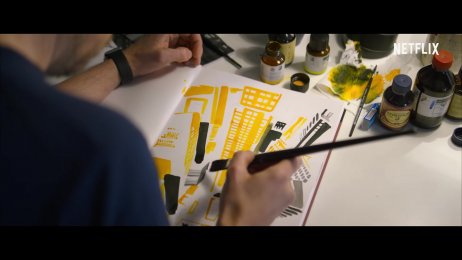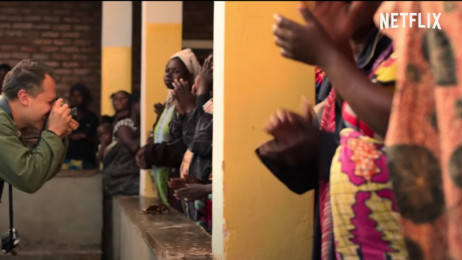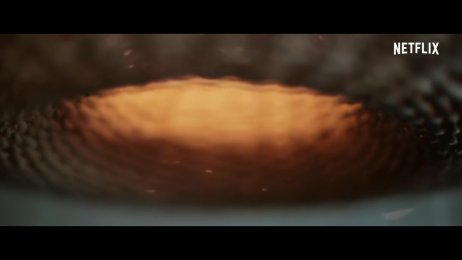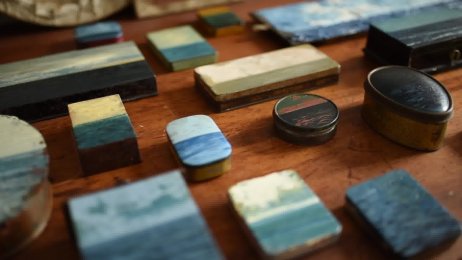Short Documentaries
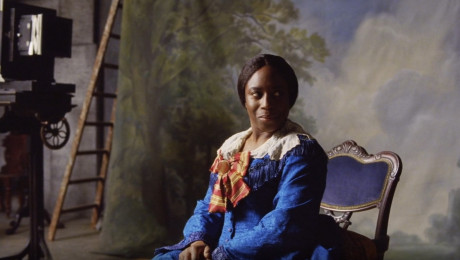
Isaac Julien | Lessons of the Hour
Duration : 17m
Maturity Level : all
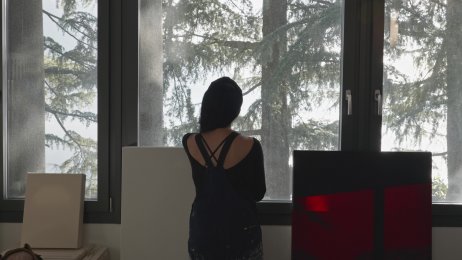
Angela Lyn, On the Edge of Time by Michael Schindhelm
Duration : 15m
Maturity Level : all
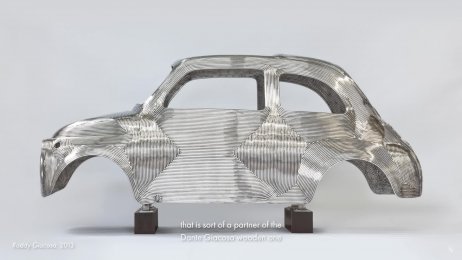
Ron Arad - Reverse Again
Duration : 9m
Maturity Level : all
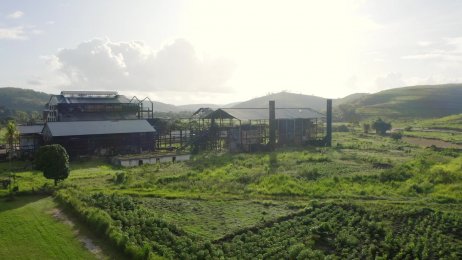
Bruna and Ricardo Pessôa de Queiroz
Duration : 9m
Maturity Level : all
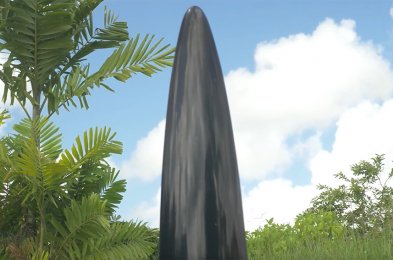
Artur Lescher
Duration : 4m
Maturity Level : all
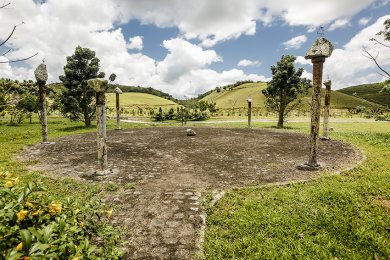
Bene Fonteles
Duration : 4m
Maturity Level : all
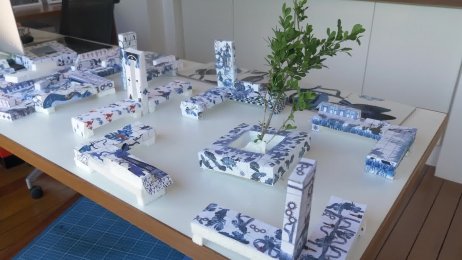
Claudia Jaguaribe
Duration : 4m
Maturity Level : all
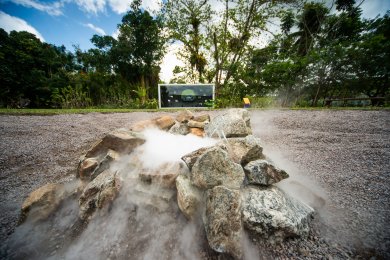
Denise Milan
Duration : 4m
Maturity Level : all
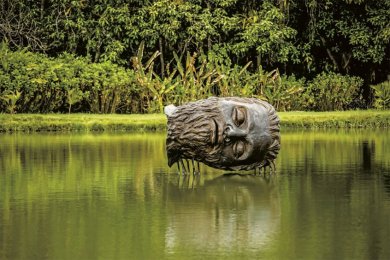
Flavio Cerqueira
Duration : 4m
Maturity Level : all
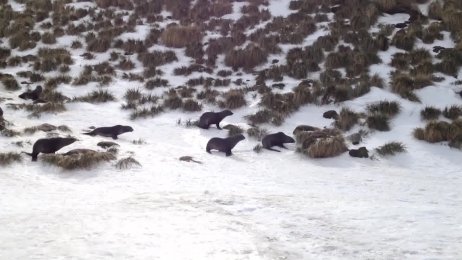
Antarctic Traces
Duration : 29m
Maturity Level : all
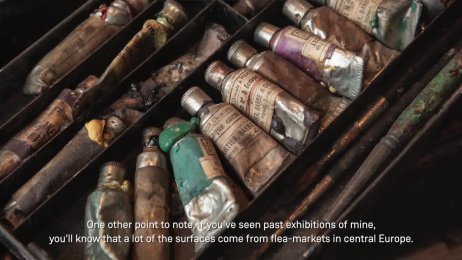
Rising Horizon
Duration : 11m
Maturity Level : all
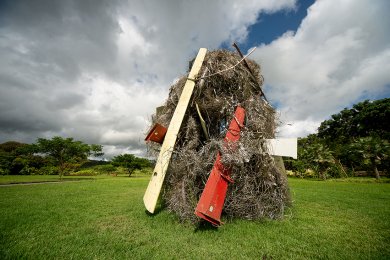
Frida Baranek
Duration : 4m
Maturity Level : all
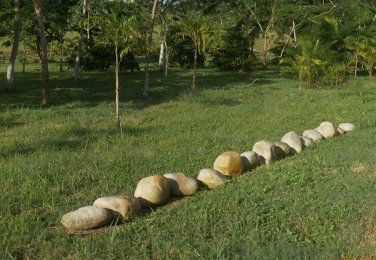
Georgia Kyriakakis
Duration : 4m
Maturity Level : all
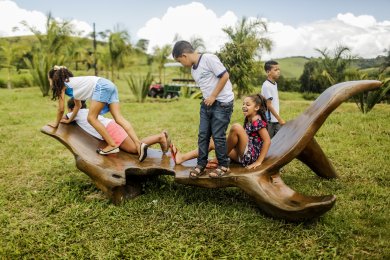
Hugo França
Duration : 4m
Maturity Level : all
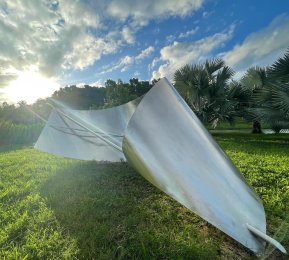
Iole de Freitas
Duration : 4m
Maturity Level : all
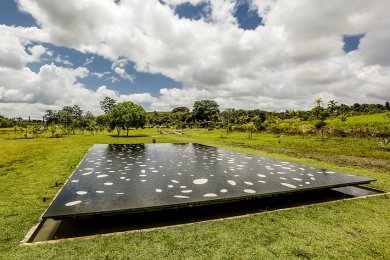
Jose Spaniol
Duration : 4m
Maturity Level : all
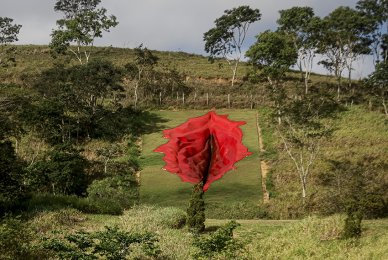
Juliana Notari
Duration : 4m
Maturity Level : all

